Ditch the chemicals: 9 pest-repellent flowers that will keep pests away from your garden
Pest-repellent plants that will keep the slugs at bay
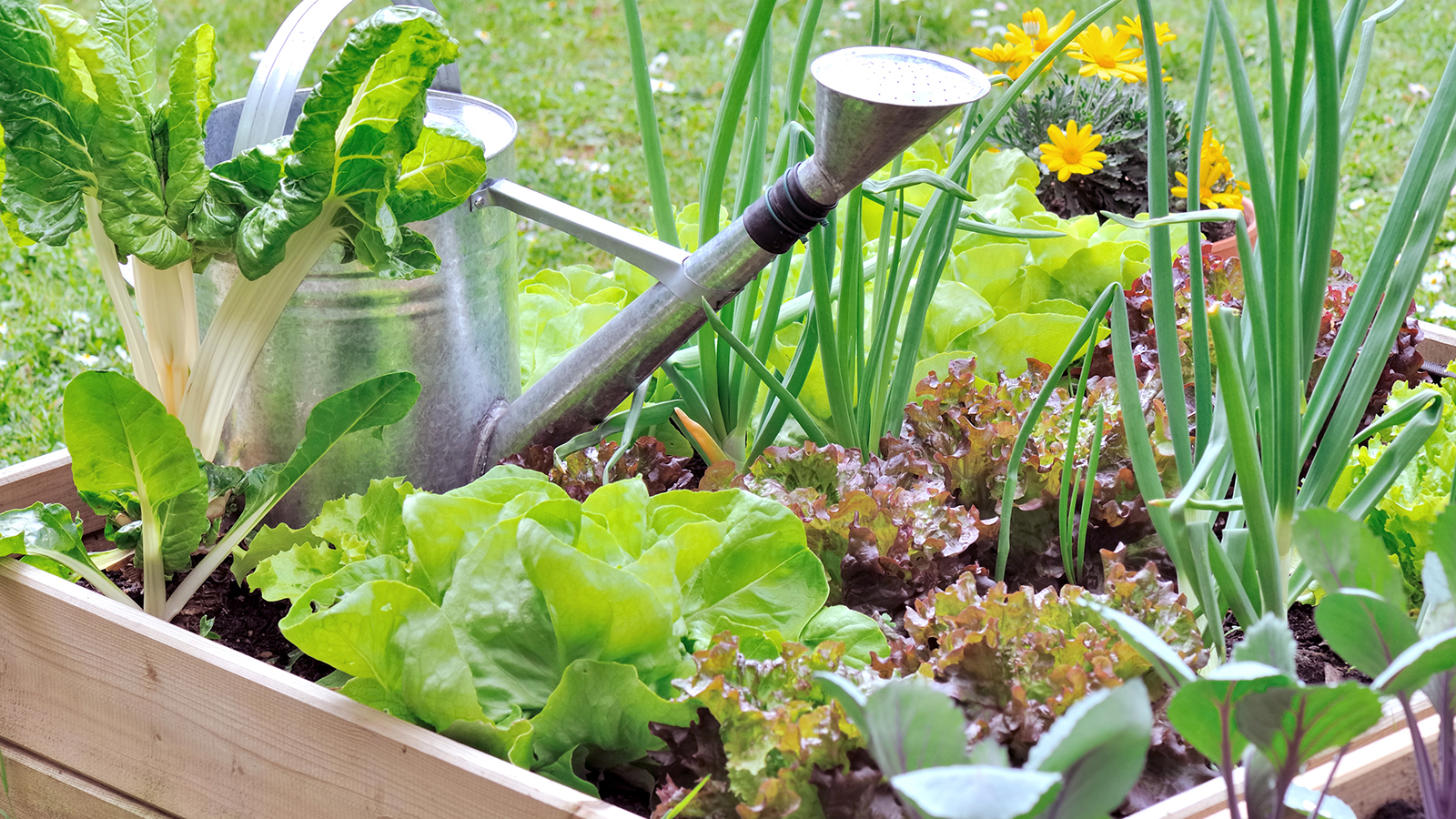
Planting vegetables is a great way to make your garden productive as well as beautiful. If you sow the seeds in the right conditions and keep their light and water levels consistent, you should be rewarded with a bountiful harvest throughout the summer months.
But one factor can be the difference between plentiful vegetables and a disappointing crop: Pests.
Insects, birds and small rodents all pose a threat to vegetable plants, at different stages of their lifecycle. Gardeners have several methods at their disposal to deter pests from their plants, ranging from pesticides to net coverings.
While these can be effective, they are also labor-intensive to apply throughout the growing season and may lead to other negative impacts, such as harm to beneficial insects like pollinators. This is where companion planting can really come into its own, offering visual attractiveness and practical effectiveness against pests.
The following nine flower species are all known to deter different insects and pests in the garden, while also being an attractive addition to the garden in their own right.
How companion planting works
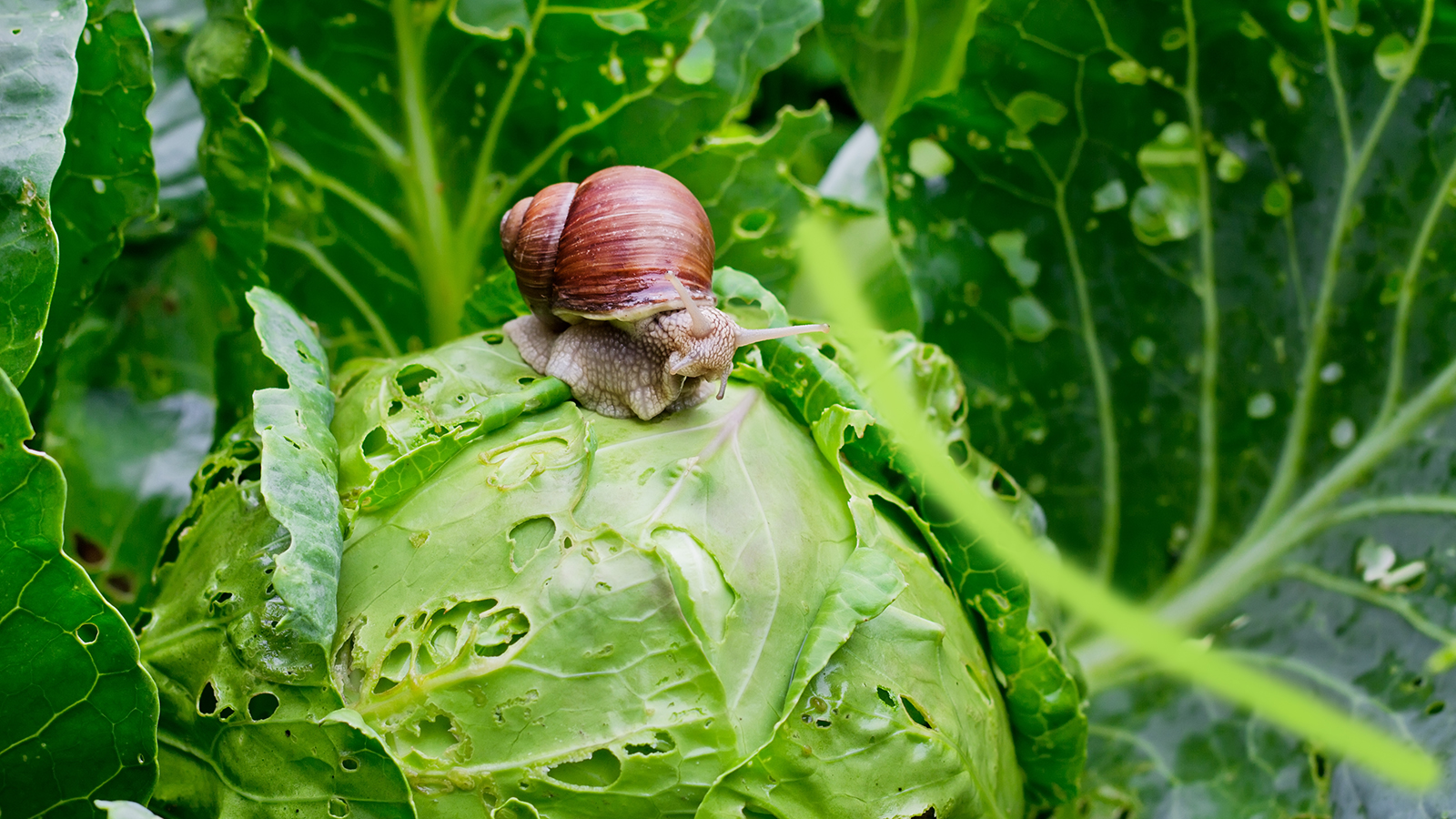
Companion plants come in many shapes, colors, and sizes, but they have one thing in common: when grown together, they help the other to grow and thrive.
Some may impart beneficial nutrients into the soil or attract specific pollinators, but the majority are used to deter pests from the area. This is often achieved through scent; while humans may enjoy the species’ perfume, insects often have the opposite reaction.
Get instant access to breaking news, the hottest reviews, great deals and helpful tips.
Companion plants can be a great tool for gardeners to deploy since they bring color and dimension to the garden while also performing a useful pest-deterring function, without any need for manual intervention.
1. Marigolds
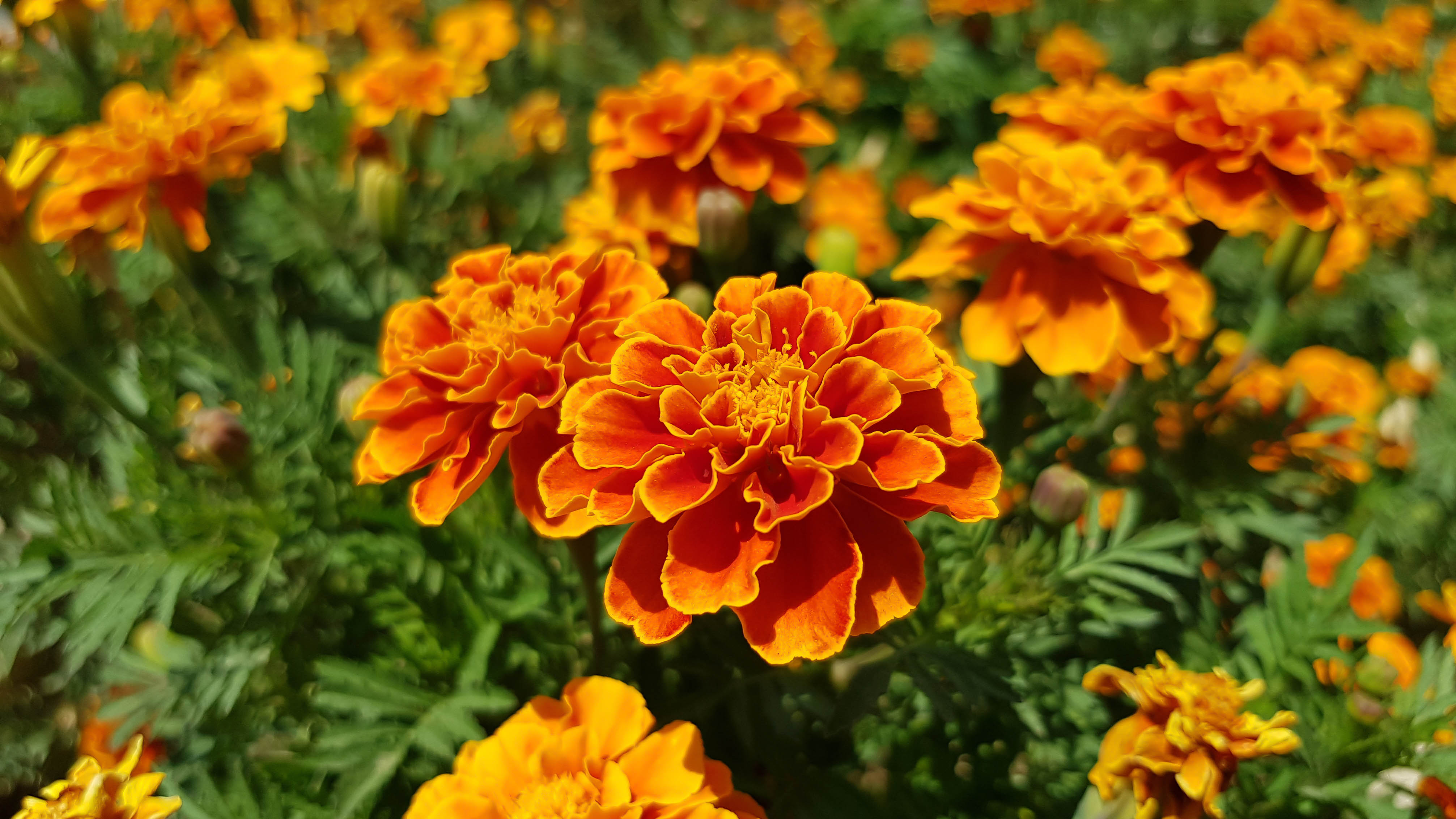
Most effective against: Aphids, whitefly, blackfly, mosquitoes
Marigolds are vibrantly hued and warm in color, with blooms made up of several layers of petals. Their yellow and orange flowers are always cheerful to see, but they are also remarkably effective at repelling various insects.
Marigolds produce a fairly strong scent that is disliked by aphids, whitefly, and blackfly, leading them to avoid the broader area around the plant, including any nearby vegetable plants.
They are also known to help repel nematodes (also known as roundworms) in the soil and mosquitoes, which don’t harm plants but can be a nuisance for the people who spend time amongst them. Fortunately, they are appealing to pollinators so you get the best of both worlds.
To grow well, plant the marigolds in fertile and well-draining soil, in an area with full sun.
2. Rue
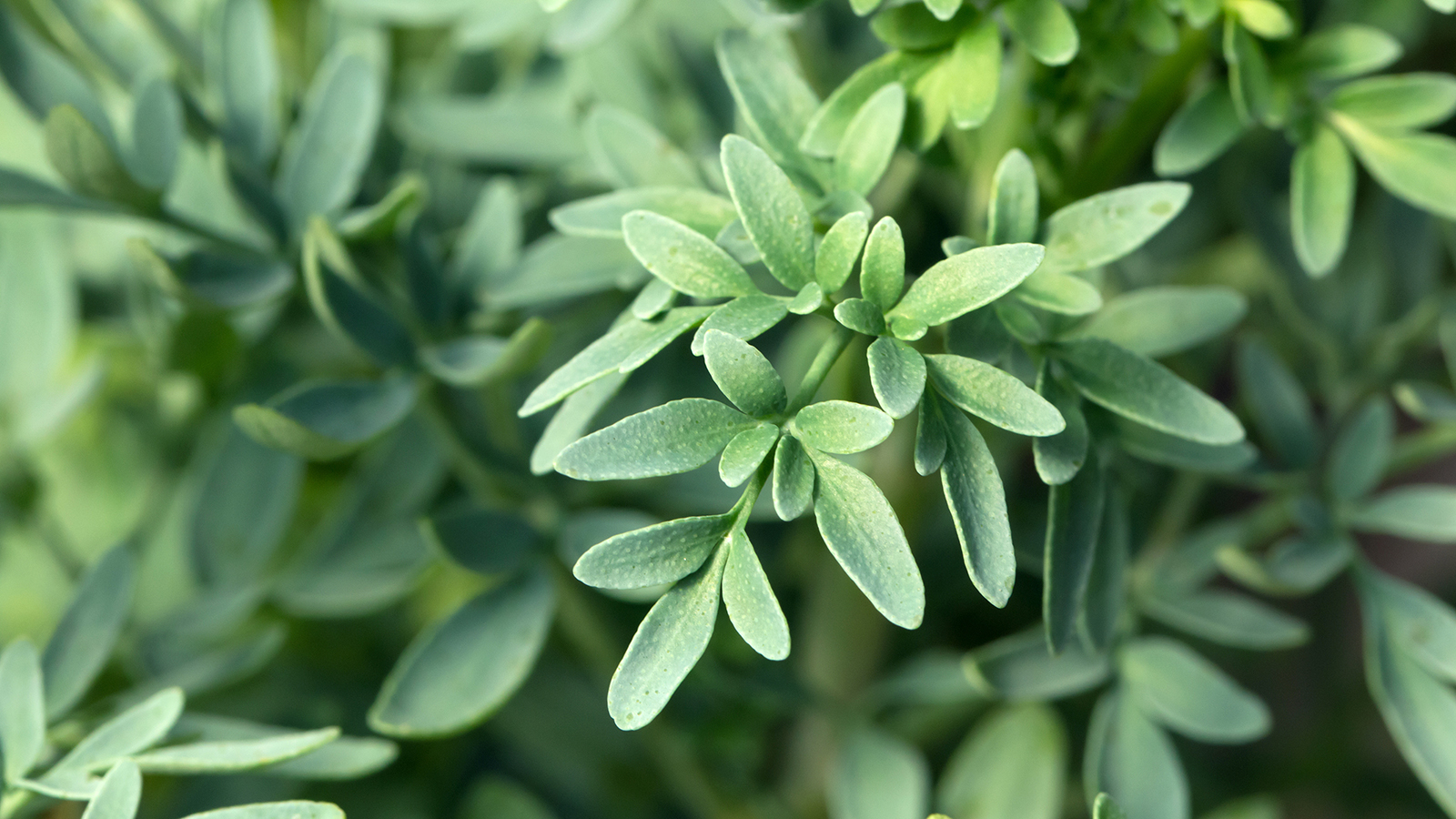
These garden gloves are made of nylon and nitrile and come in three sizes — small, medium and large. They offer excellent non-slip properties, are comfortable around the wrist, breathable and machine washable. At Tom's Guide, we recommend them as the best overall gardening glove.
Most effective against: Japanese beetles, flea beetles, aphids, onion maggots
A less flashy flower than some of the other plants on this list, rue can be recognized by its sprays of small yellow blooms that flower every summer. The foliage is delicate and bluish green in color, making it a subtle but pretty addition to a border in the garden.
Better yet – rue is known to be an active deterrent for Japanese beetles, which are some of the most damaging pests to young vegetables. Other insects that are repelled by rue’s scent include flea beetles, aphids, and onion maggots, which can all be destructive if left to prey on young foliage.
Humans, however, enjoy the scent of these flowers, so don’t let that prevent you from planting some around your veggie patch.
To grow well, plant the rue in moist but well-draining soil, in an area with full sun.
3. Catnip
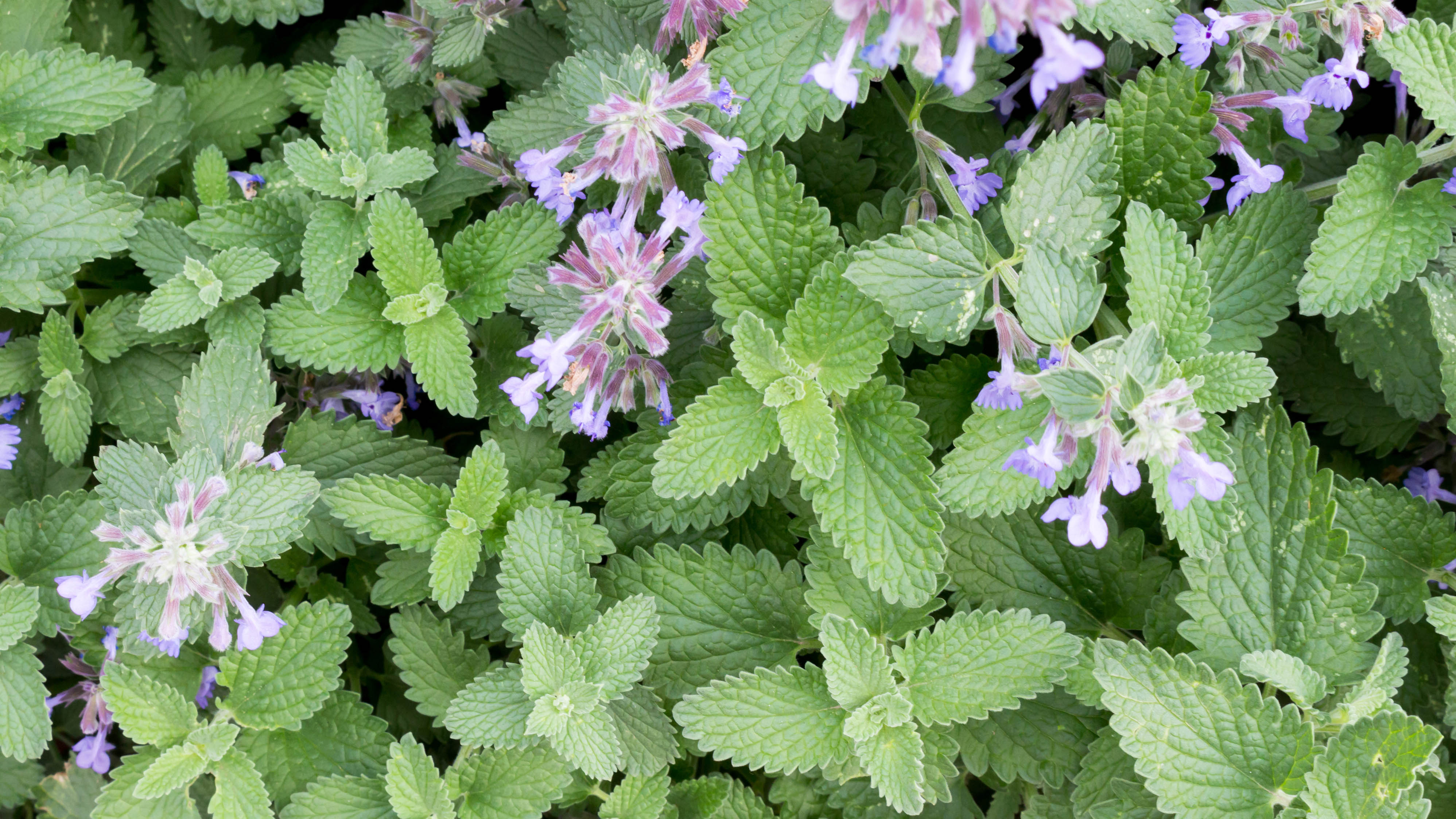
Most effective against: Colorado potato beetle, Japanese beetles, cabbage looper, mosquitoes, aphids
This plant that is beloved by cats is hated by several different vegetable-munching insects.
Catnip, or true catmint, looks similar to mint and grows in mounds of green leaves with softly serrated edges. In the summer, it produces a profusion of white flowers that last throughout the season. This makes it a pretty choice to border a vegetable garden, but it’s also effective as a pest deterrent.
Various species that prey on common vegetables will avoid catnip plants, such as Japanese beetles and Colorado potato beetles. Aphids are also turned off by the scent of catnip, so you can use it as a useful protector around lettuce, beans, or cucumbers.
The larva of the moth cabbage looper can be especially destructive to young vegetables, but is turned away by catnip; this species really is a multifunctional repellent.
To grow well, plant the catnip in free-draining soil, in a border with lots of sun exposure.
4. Nasturtiums
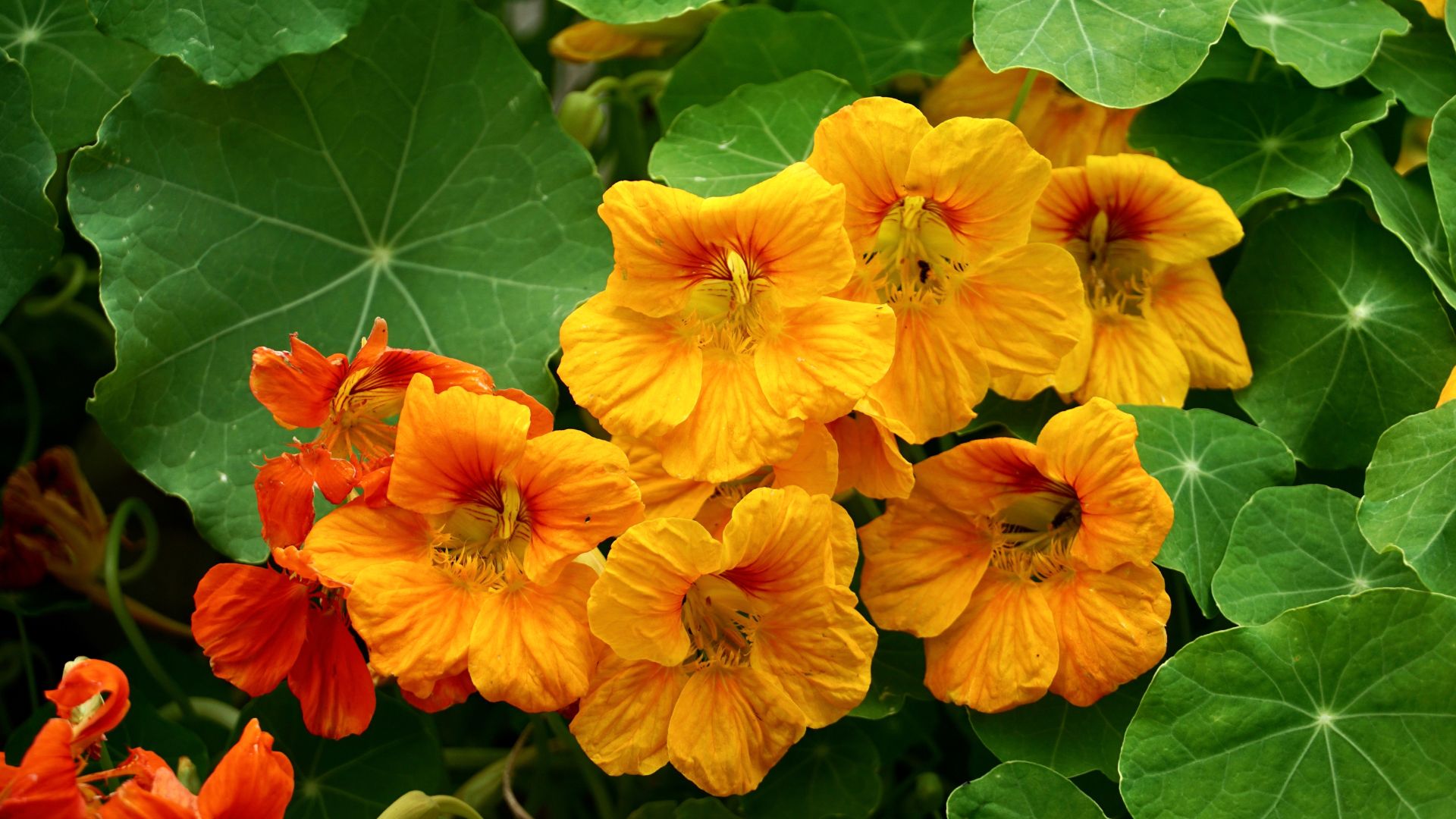
Most effective against: Whiteflies, cucumber beetles, squash flies, aphids
Nasturtiums are a popular choice for beginner gardeners, since they are easy to grow and produce bright, colorful flowers.
The foliage is similarly vivid and rounded in shape, lending softness yet vivacity to the garden. Despite their cheerful appearance, nasturtiums can be particularly repellent to several different garden pests.
Whiteflies and squash flies both will avoid an area with nasturtiums present, as will cucumber beetles and aphids. They are especially useful if you are growing tomatoes, cucumbers, beans, or cabbages, since those specific pests are their main predators. However, common pollinators like bees and butterflies will still be attracted to the garden.
As a bonus, you can use both the leaves and flowers of nasturtiums for culinary purposes; they have a peppery taste.
To grow well, plant the nasturtiums in well-draining soil, in full sun.
5. Geraniums
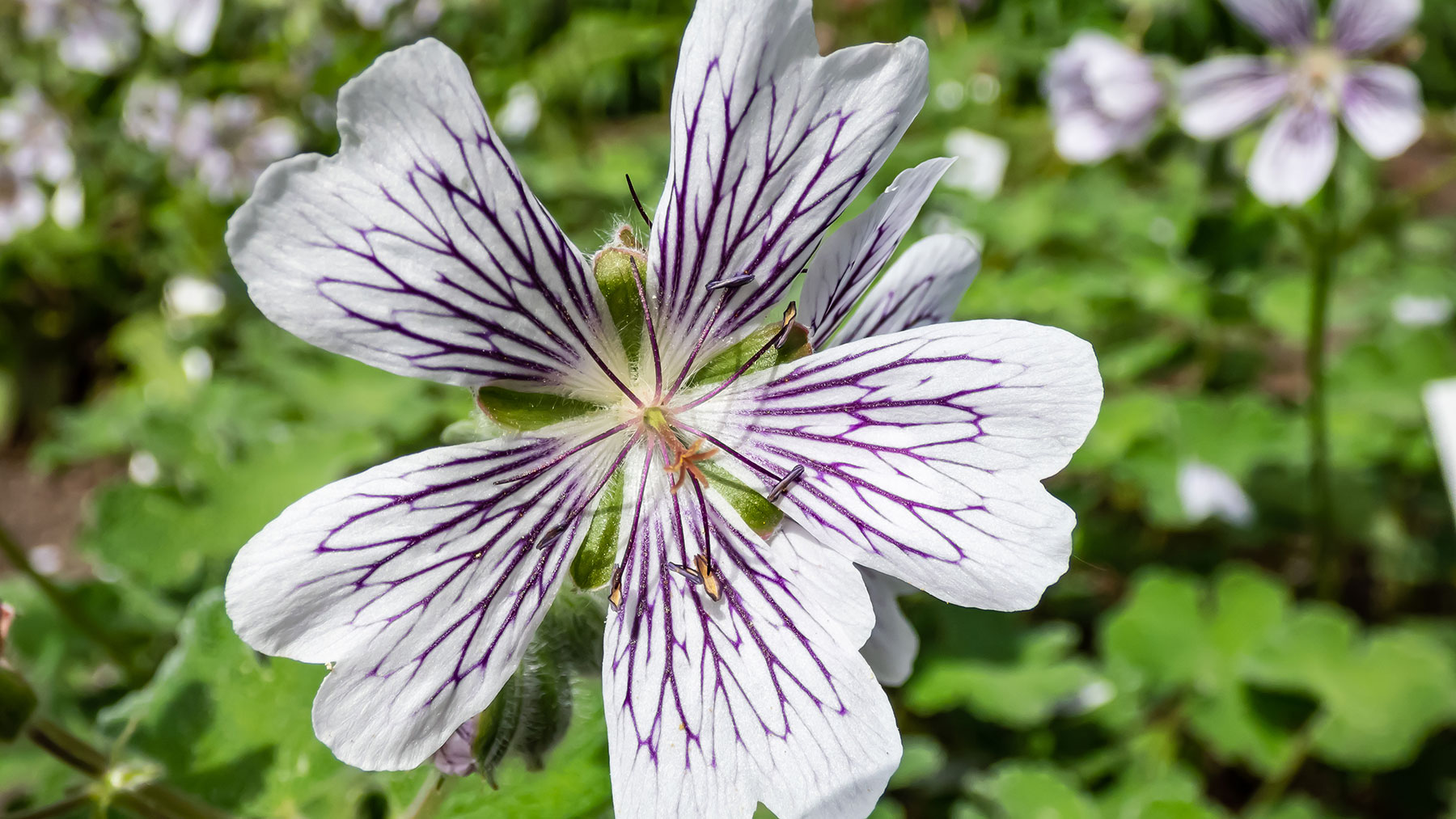
Most effective against: Cabbage worms, earworms, Japanese beetles, mosquitoes, slugs, snails, deer, rodents
The geranium is another popular flower species that is beloved by gardeners for its range of colors, two-toned petals and pleasant scent. Yet it is also a great choice for vegetable growers, since it is disliked by pests of varying types.
Scented geraniums are particularly effective at this, producing a strong perfume through oil glands that deters mosquitoes, wasps, rodents, and deer. If you live in an area that is exposed to greater types of disruptive wildlife, then planting geraniums could be an ideal – and attractive – fix for pest issues.
You might also be interested in planted pelargoniums, which are often confused with geraniums.
If you plant cabbages in your vegetable patch, geraniums can help to prevent occurrences of cabbage worms.
Geraniums are also a non-harmful way to reduce the number of slugs and snails in the garden; they’ll naturally avoid your vegetation since they find the leaves so distasteful, without you needing to poison or even kill them.
To grow well, plant geraniums in either shade or partial sun, in well-draining soil.
6. Asters
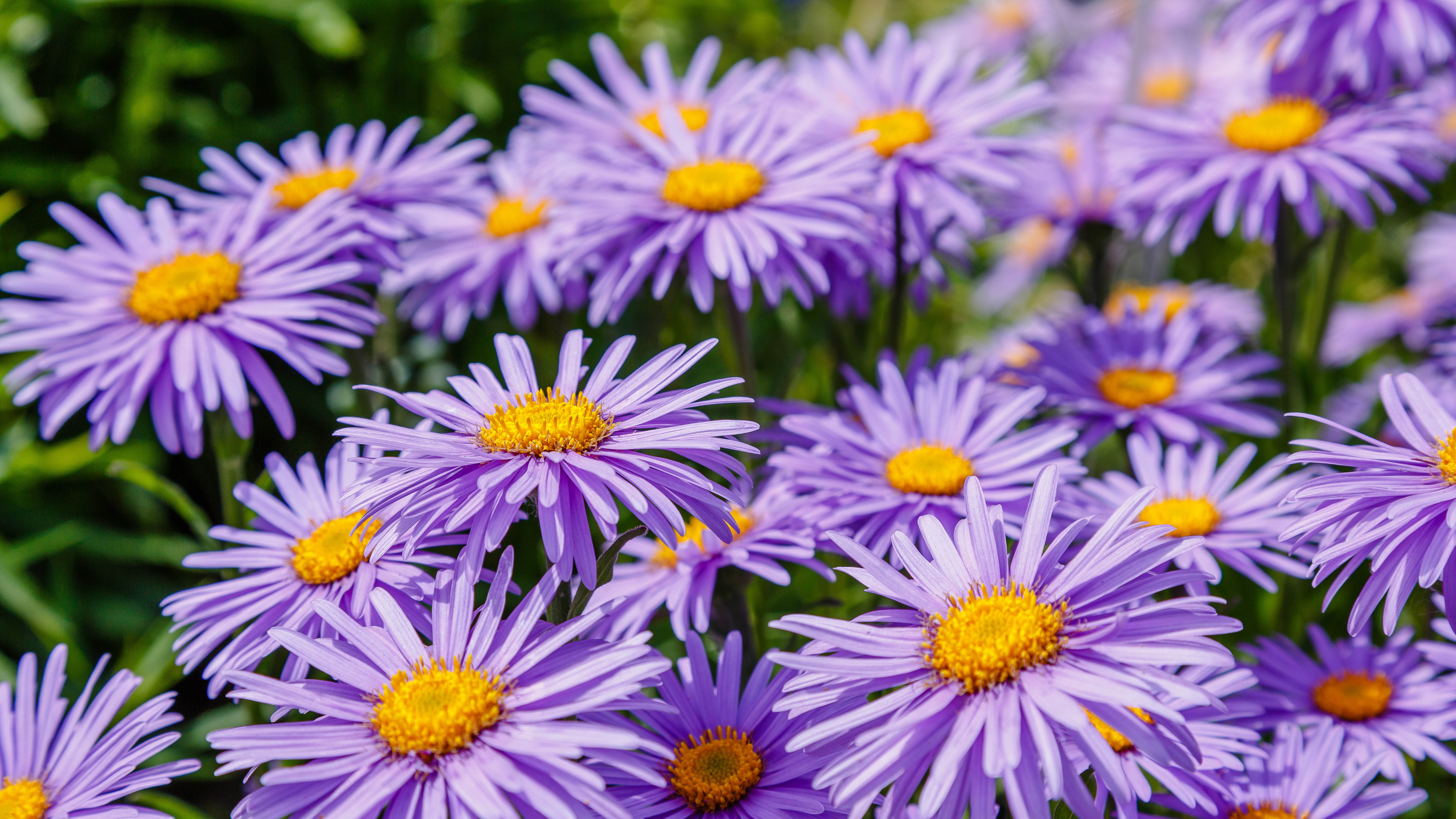
Most effective against: Aphids, spider mites, caterpillars
With flowers that resemble large daisies, asters come in various saturated shades and are beloved by pollinators – but hated by most pests.
Common insects like aphids, caterpillars, and spider mites will avoid asters and the vegetables planted nearby, while butterflies, bees, and wasps should all come flocking. Asters are often also paired with sunflowers, since this helps to keep their growth in check and creates an appealing color contrast, but you don’t need to do this in order to reap the anti-pest benefits.
Asters can be used to protect a variety of different vegetables and therefore, make a great choice as a border plant around the entire patch.
However, these plants can grow quite quickly and take over the surrounding area, so it’s important to keep this sprawl in check.
For best growth, plant asters in moist, well-draining, loamy soil and full sun to partial shade.
7. Tansy
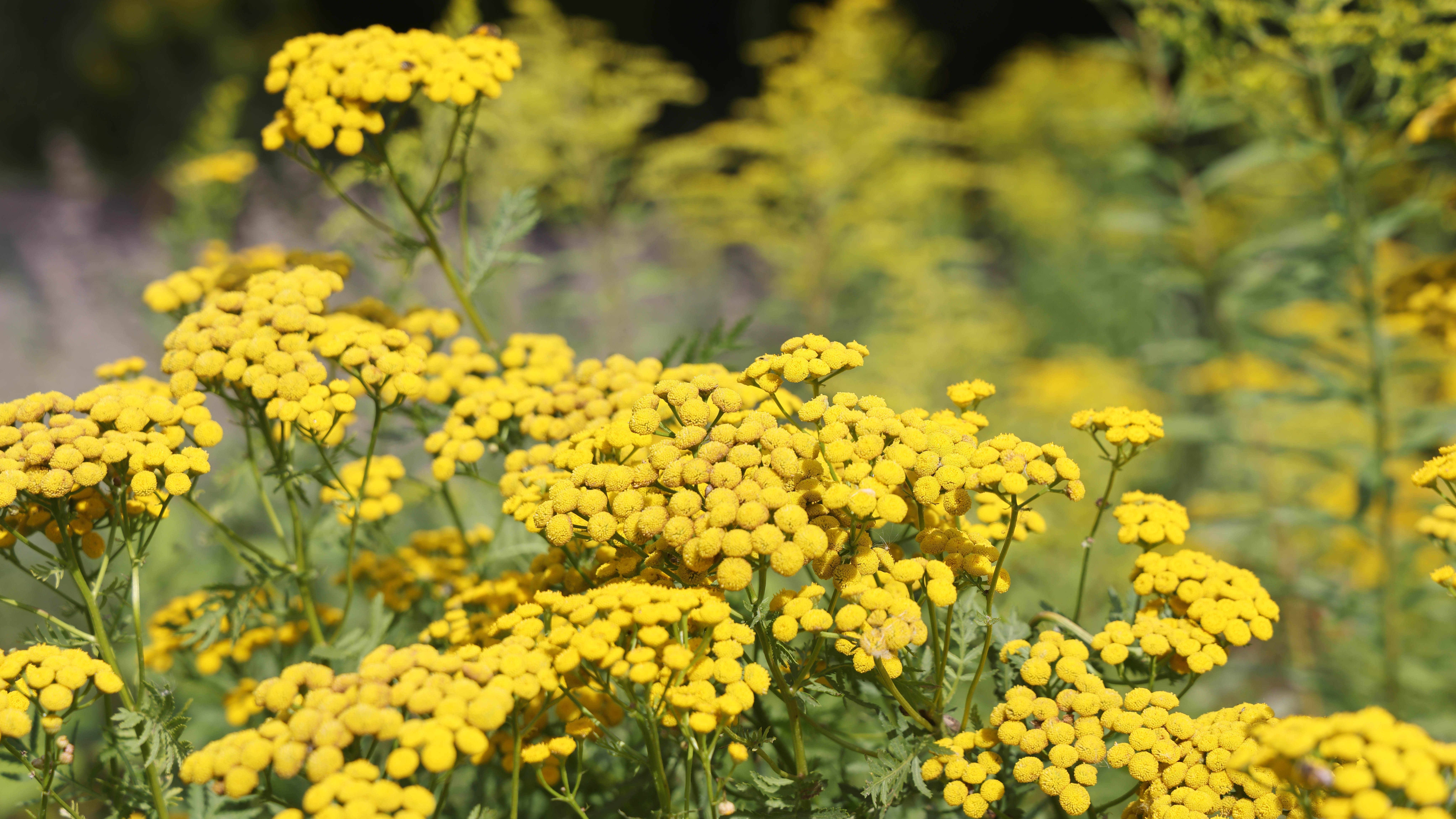
Most effective against: ants, cucumber beetles, Japanese beetles, squash bugs, ticks
A relative of the aster family, tansy is a herbaceous perennial with fern-like leaves. Each summer, it blooms with clusters of tightly packed, small, yellow flowers that emit a specific fragrance.
While bees and other pollinators enjoy this scent, it deters several key pests that can cause damage to a vegetable patch. It is recommended to plant tansy near potato plants, since it repels the Colorado potato beetle, and near cucumbers and squash, which are vulnerable to common pests like squash bugs and Japanese beetles.
Although not harmful to vegetables, ants and ticks are also thought to be repelled by tansy, which can be useful for you the gardener. However, don’t plant it near collard greens as it may release chemicals into the soil that can impact their growth and even attract their main pests.
Note that tansy used to be treated as a herb and medicinal substance, but is no longer recommended for ingesting.
To grow, plant in slight shade to full sun, in well-draining soil.
8. Lavender
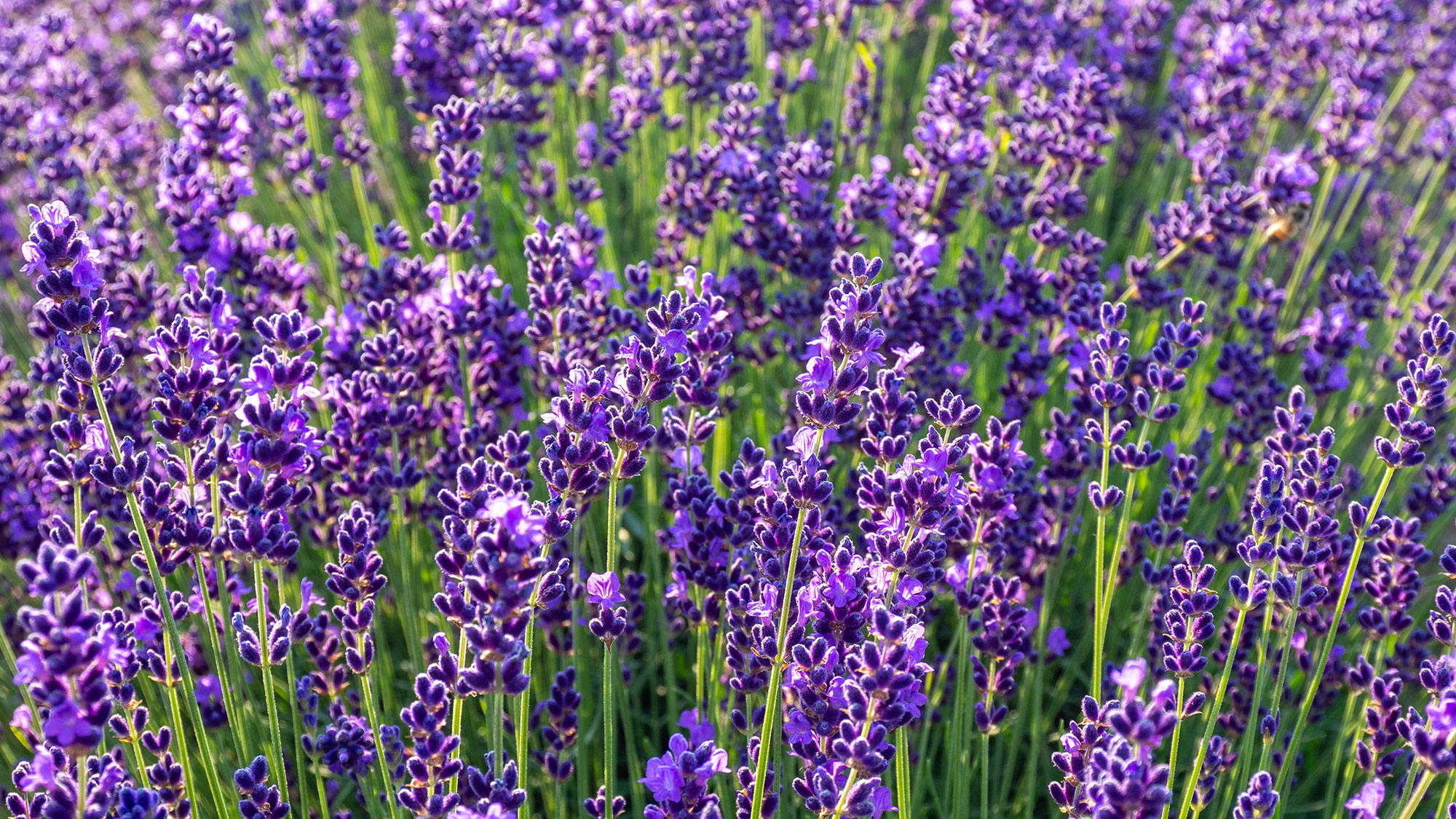
Most effective against: Flies, fleas, moths, snails, mosquitoes
Although humans may plant lavender specifically for its calming aromatherapy properties and soothing scent, a large number of insects are repelled by lavender’s smell.
The long spikes of purple flowers bloom annually and attract bees and butterflies, while keeping mosquitoes and fleas at bay. Since the foliage emits the plant’s signature scent as well as the flowers, you can enjoy its pest-prevention qualities year-round.
Vegetable pests like snails, flies, and nematodes are also deterred by the presence of lavender, so you can plant it around the edge of a vegetable garden and use it as a protective measure.
While lavender does well next to roses and herbs like rosemary, avoid planting it near mint which can inhibit its growth.
For best growth, plant lavender in fertile, well-draining soil and in full sun.
9. Dill
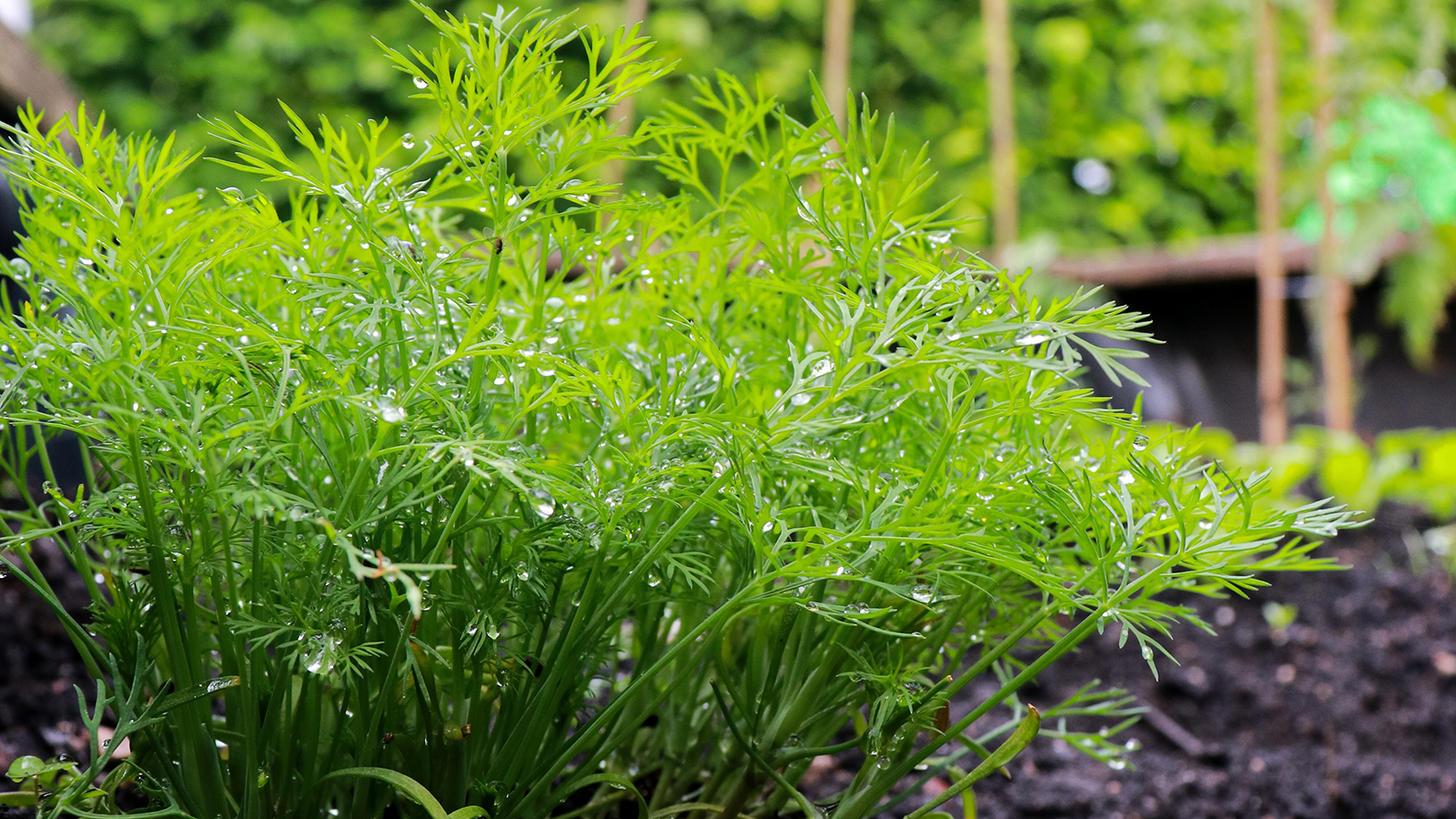
Most effective against: Cabbage moths, spider mites
Dill is another well-known herb, but it may not be as well-known for being a flowering species. It blooms with sprays of tiny yellow flowers on the end of tall stalks, creating an attractive and visually striking display each summer.
For cooks, dill is a great choice for its culinary properties
For cooks, dill is a great choice for its culinary properties – but everyone can benefit from its pest-repellent characteristics. Both cabbage moths and spider mites are known to avoid dill, while ladybugs and hoverflies are drawn to it; since they are natural predators of aphids, dill functions as a deterrent for aphids too.
If you are growing tomatoes, then you can also use dill as a trap crop, as hornworms in the vicinity will gravitate towards the dill and spare the tomato plant in the process.
Lastly, you can cut some of the dill leaves and sprinkle them around squash plants to help deter squash flies from the vegetation.
To grow successfully, plant in full sun and in well-draining soil.
More from Tom's Guide
- 7 tell-tale signs that your patio furniture needs replacing
- 7 vegetables to plant now for a tasty summer harvest
- 9 perennial flowers to plant now for blooms year after year

Despite making her home in urban metropolises, Madeleine Streets has been nurturing a green thumb for decades.
Raised by a garden designer, she is putting that childhood education to use by helping others learn how to make their garden bloom, while filling her own New York home with cat-friendly plants.
When not writing about gardening and the outdoors, Madeleine loves to cook, study wine and borrow books from her local library.
You must confirm your public display name before commenting
Please logout and then login again, you will then be prompted to enter your display name.

